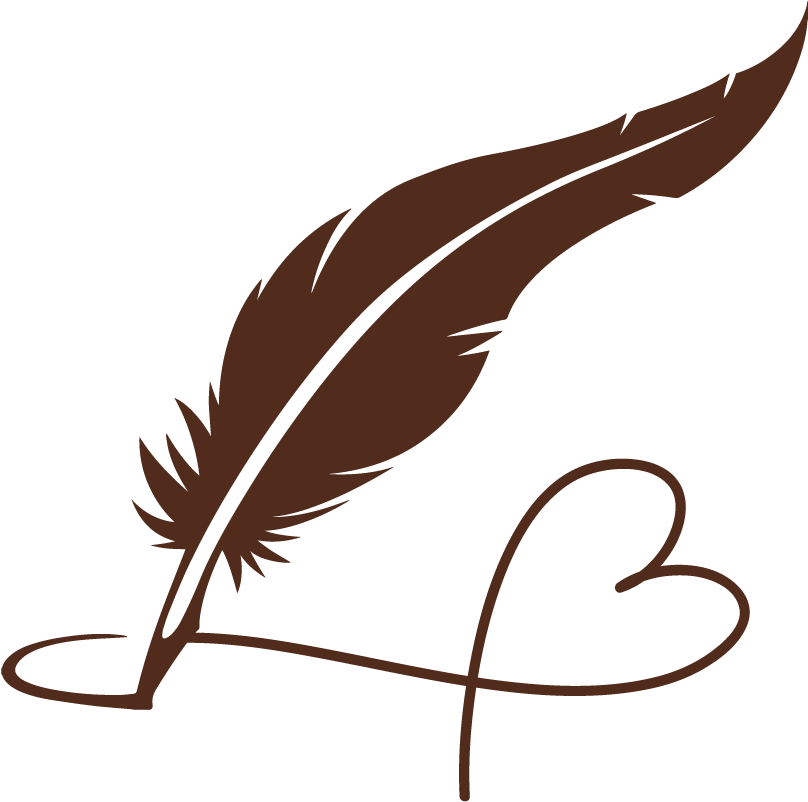Hey friends! Today I have a special post for you: an exclusive interview with K.M. Weiland, the second installment in my blogging series about outlining.
I had the amazing pleasure of interviewing Katie this past week, and it was super cool to hear her thoughts on outlining your novel. In this post, K.M. Weiland shares her thoughts on what others should do when outlining, as well as her own outlining process and what strategies she uses.
K.M. Weiland is the author of many non-fiction books for writers, such as Creating Character Arcs or Outlining your Novel, as well as various novels. She also has a great blog for other writers called Helping Writers Become Authors. It was so fun and beneficial to be able to interview her!
Also, if you haven’t read last week’s post on if you should outline your novel, then make sure to check that out!
So here are the questions from the interview!
Do you think it is important for all authors to outline? Why or why not?
I am a huge proponent of outlining. Although I don’t believe authors should force themselves to adhere to any process that isn’t working well for them, I do encourage authors to explore outlines. If you can find the right outlining process for you, it can make all the difference in your success as a writer.
Outlines allow us to explore a story’s possibilities and identify its dead ends with much less effort and time than it would take in a “blind” first draft. All authors have to revise their ideas. Outliners do most of the major revising in the pre-draft process, which allows for much faster first drafts and much less revision time afterwards.
The idea that outlines stifle creativity is often the reaction of authors who either haven’t given outlining enough of a try or haven’t explored far enough to find the right outlining process for them.
What steps do you normally take in outlining your novels?
I do all my outlining longhand in a notebook simply because something about my sloppy handwriting seems to free my creativity. I start out by jotting down what I already know about my story (which has typically been kicking around in my head for a while already) and then asking myself “what if” questions to fill in the blanks. Then I progress to character sketches, using a list of “interview questions” I’ve collected over the years. (Anyone interested in the interview sheet can find it in my free ebook Crafting Unforgettable Characters.) Then I progress to a lengthy, plot-point-by-plot-point outline. Once that’s done, I organize it using the amazing writing software Scrivener—and move on to researching.
How detailed are your outlines normally? Do you outline every chapter? Every scene?
My outlines are very in-depth. I usually end up with at least three notebooks full of notes. My outlines start with basic brainstorming and “what if-ing.” When it’s time to start outlining in earnest, I go through the story scene by scene, figuring out what needs to happen and paying special attention to story structure as a whole and to the individual structure of each scene (i.e., goal, conflict, disaster, reaction, dilemma, decision). I’m very thorough in figuring out character motivations and set pieces, but none of this is fleshed out. The bones won’t grow skin until I start writing the first draft.
Tell us about your book, Outlining Your Novel. What is this book about and what will it teach us?
Outlining Your Novel discusses my outlining process, which is as much about brainstorming as actually organizing the notes into an outline. For me, outlining is brainstorming. It’s discovering the story. It’s definitely not the old “Roman numeral outline” we tend to remember from high school. Story structure is another tremendously important tool to keep in mind. If you can properly structure your story in the outline, it will not only guide you in having a better idea what to write it will also ensure that your first draft is in the best shape possible, and lessen revisions ridiculously.
What is your greatest piece of advice when it comes to outlining?
Ultimately, how important the outlining process is to any given person depends on that person. One thing I always stress (and can’t stress enough) is that writing is a hugely individual process. The techniques and tools that work best for any one of us will always be based on our individual personalities, backgrounds, and circumstances. More than that, the process that works for one book won’t necessarily work for the next one. Every story is its own adventure and requires its own approach.
My chief bit of advice about writing as a whole is: find the process that works best for you. Explore and experiment and figure out what best unleashes your creativity. Outlines aren’t one size fits all. My outline won’t look anything like someone else’s outline. Just because one outlining approach doesn’t do it for you, don’t give up right away. Play around and see if you can find the right blend of tools and techniques for you.
So there you are, folks! I hope you enjoyed this post, and stay on the lookout for the next post in this series, How to Outline Your Novel. And be sure to check out K.M. Weiland’s blog and books!

Leave a Reply